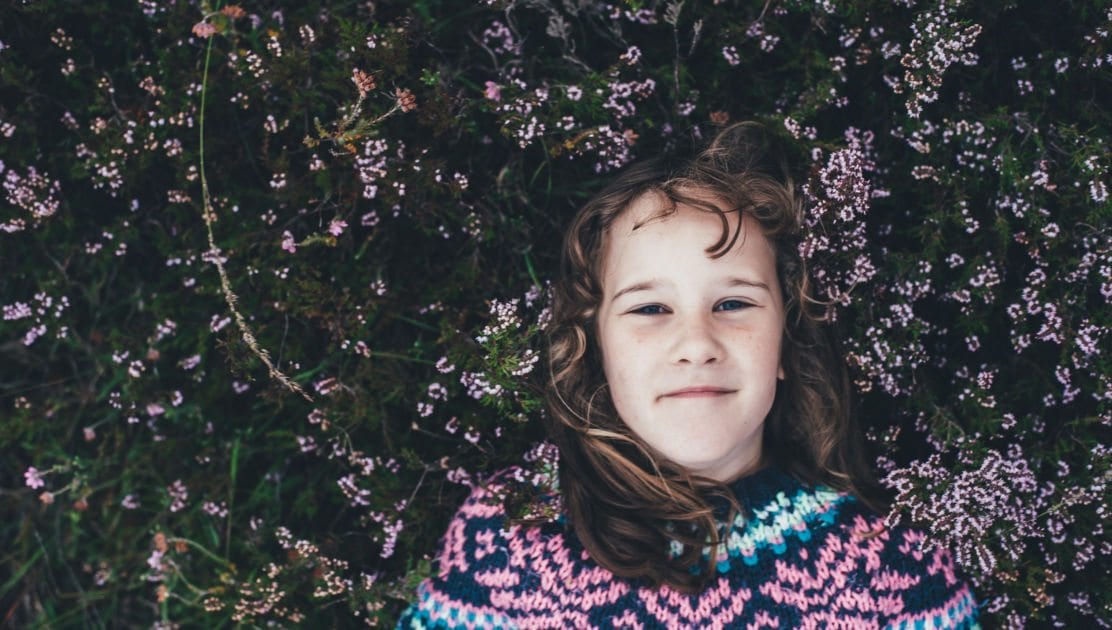The Blossoming After the Bullying
Breath practices with kids can be about more than relaxation.
By Chris WillardI’ve been seeing an adorable nine year old boy, Max, in my clinical practice for about three years now. A sweet, sensitive, and anxious child, he took to therapy and then to mindfulness almost immediately, using some classic breathing and sense practices from our first session in his home and school life to help calm and center himself. One of his best strengths was inventing his own breathing and movement practices to match the mindfulness to the moment he needed it. Mindfulness and self compassion were a great resource for him to calm down and quiet his busy monkey mind.
But a few months back, something was different. Max showed up not with his classic jittery anxious energy, but with a heavier weight on him, something like shame. It turned out, as his mother explained, his once-best friend at school had turned on him, even acting as the ringleader in turning more classmates against him, taunting him each day at recess while the teachers, who were supposed to be watching the kids, were actually watching their phones.
“How do you feel when Theo treats you that way?” I gently inquired, trotting out first my standard therapy line. Max, eyes downcast, simply shrugged off my question, continuing to look defeated. His mom, who had joined us for the session and knew intimately Max’s tendency to shut down when he felt down, skillfully leaned in. “Max, can you show us what you feel like?” Max sighed, sat up straight, and then crumpled over.
“You look,” I said, rather unartfully, “Like a deflated balloon.”
“Or maybe,” his mother suggested, “like a wilted flower.”
With his brain and body flooded with emotion, traditional logic and language failed, but he did manage to show us. His slumped over body language told the story that his words could not.
“How do you think you could feel strong and confident again,” I asked, “Re-inflated, blossoming with life like a freshly watered flower?”
Max paused and thought for a while, still slumped. Then he took a breath in, as his chest rose and expanded on the inbreath, he let it stay more upright on the outbreath. One more breath and he was sitting up a little straighter. A third breath in and his shoulders were back, chest expanded, and on the fourth breath his head rose and he smiled. “The miracle grow breath!” his mother declared with a smile, and we all laughed. With each breath, Max had breathed in more confidence, slowly shifting his posture into a confident and radiant pose, transforming how he looked and felt to us, but more importantly to himself. “Let’s try it all together,” I suggested, as the three of us wilted down, and then Max guided us breath by breath until we were sitting, then standing, our minds and bodies blossoming in full confidence.
Breath practices with kids don’t have to be boring, and they don’t have to just be about relaxation. They can be about breathing in new energy and confidence, especially as we integrate posture and movement into the practice. Better still for a child’s confidence who has experienced a setback—be it bullying, a break up, or a dreaded B-—are practices they can create and use themselves in their challenging moments, or just when they want to be a little more present.
Christopher Willard (PsyD) is a psychologist and consultant based in Boston. The author of Growing Up Mindful and multiple other books, he leads seminars on sharing mindfulness with youth worldwide. He teaches at Harvard Medical School.
Image courtesy of unsplash.com
